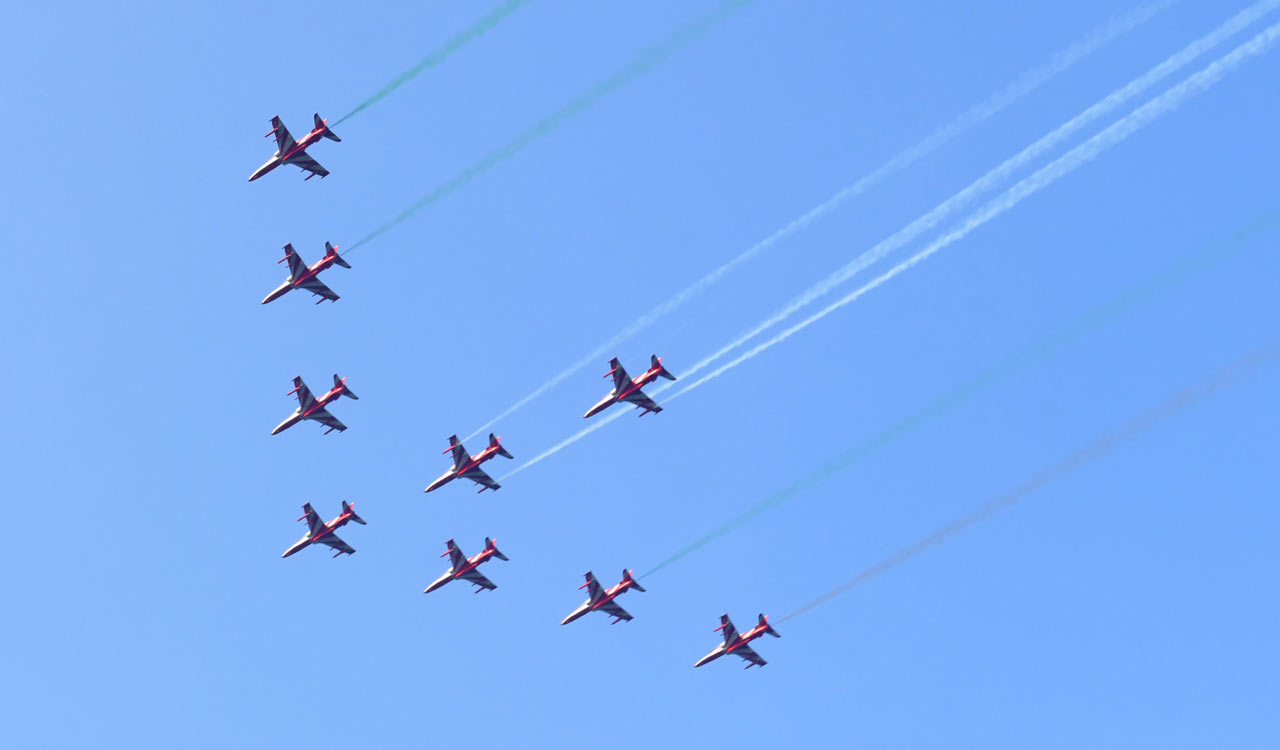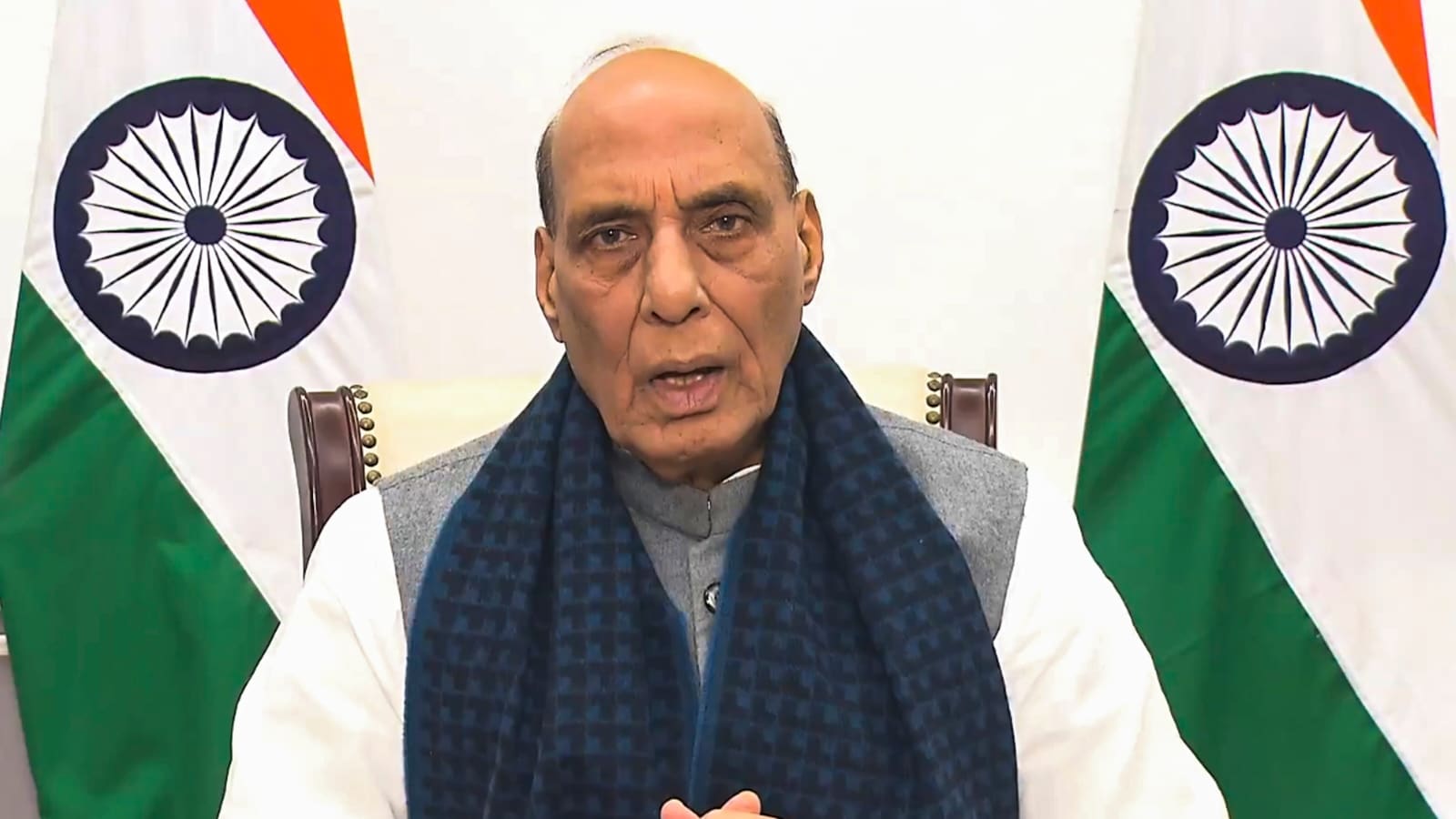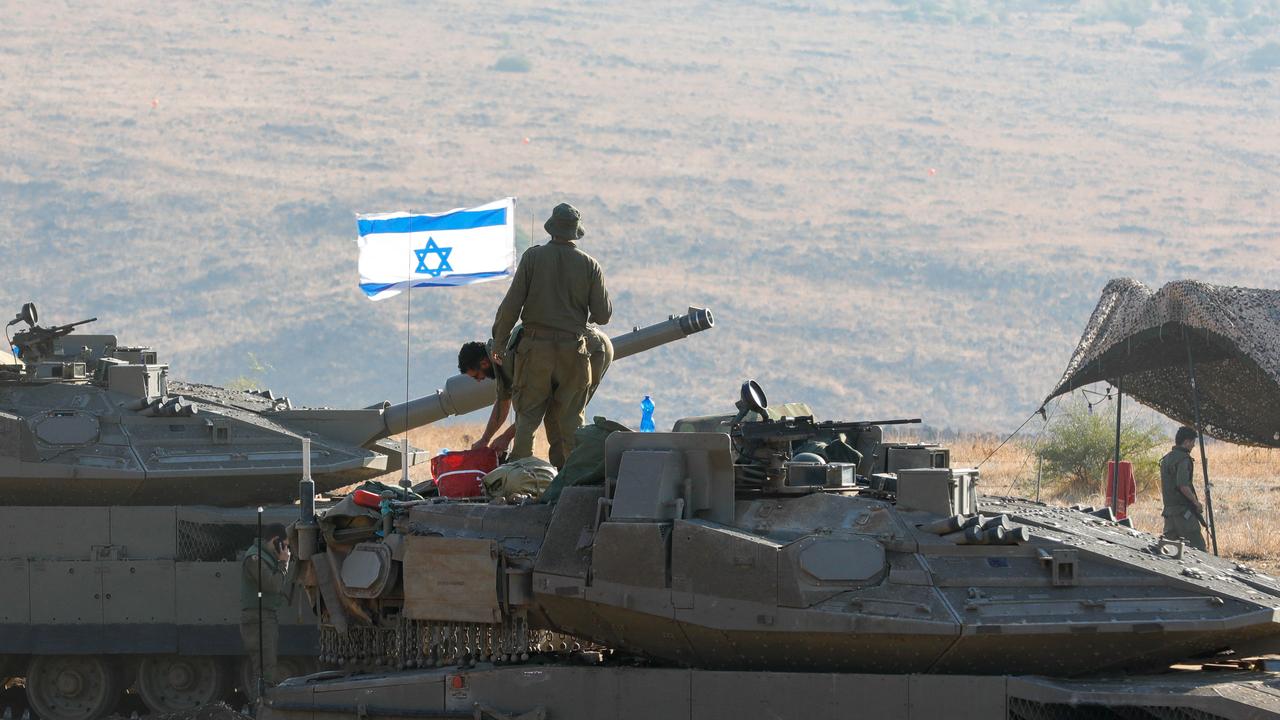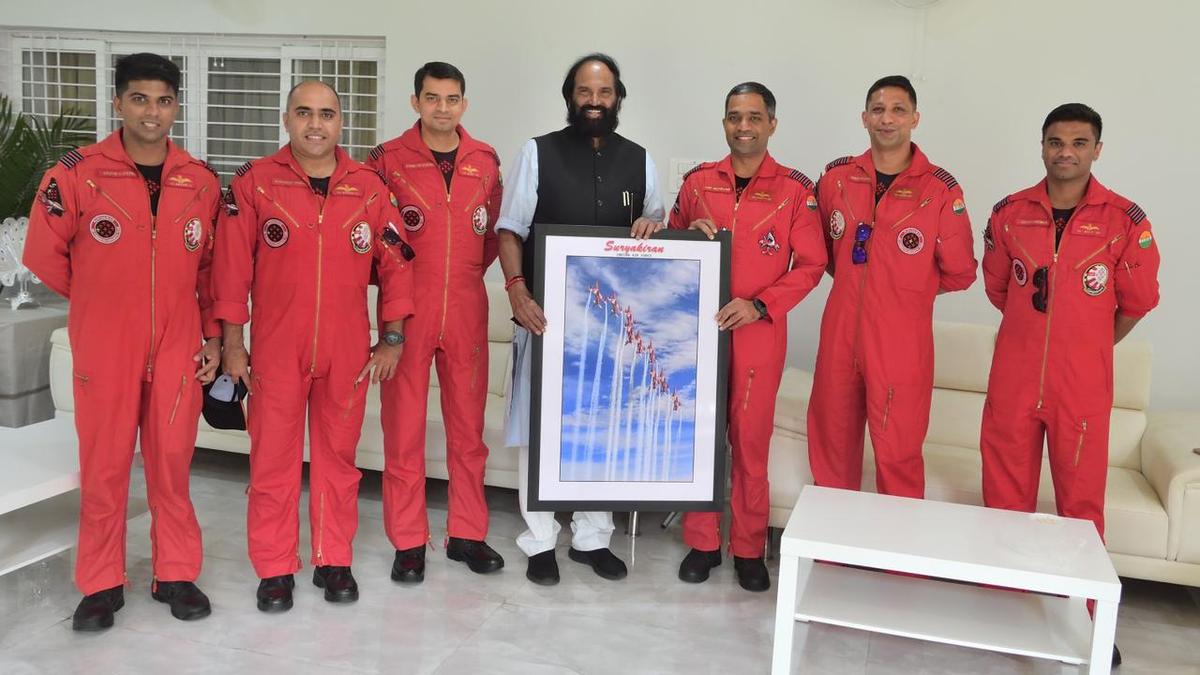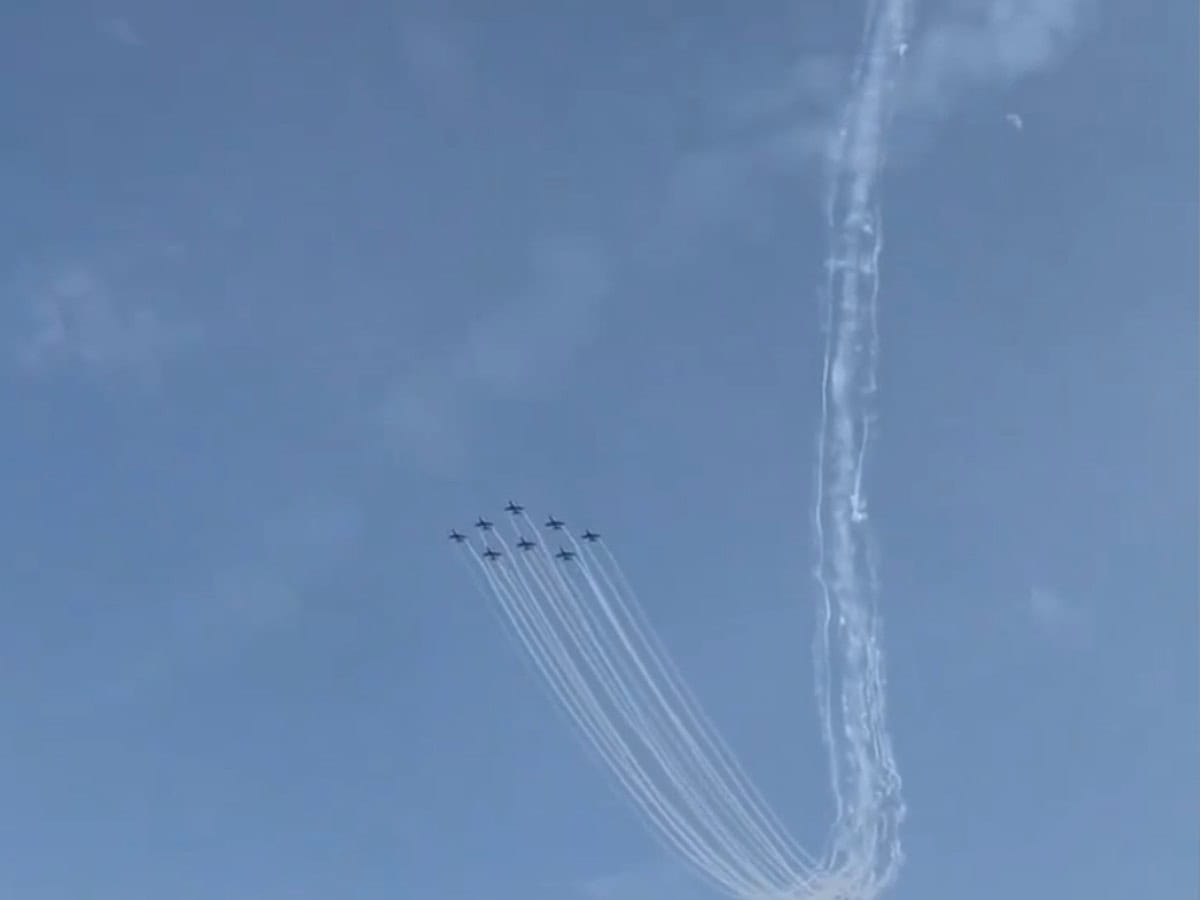Suryakiran Aerobatic Team Delights Hyderabad with Thrilling Air Show over Hussain Sagar Lake
In a spectacular display of skill and precision, the Suryakiran Aerobatic Team of the Indian Air Force captivated audiences with…
Defence Minister Rajnath Singh to Commission Indian Navy’s Stealth Frigate Tushil in Russia
Defence Minister Rajnath Singh is set to commence a significant three-day official visit to Russia, beginning Monday, during which he…
Israeli Military Deploys Forces to Buffer Zone Amid Syrian Rebel Advances
The Israeli military announced on Sunday a deployment of forces to a demilitarized buffer zone in southwest Syria, following significant…
Surya Kiran Aerobatic Team Visits IAF Veteran Uttam Kumar Reddy in Hyderabad
In a spirited display of camaraderie, pilots from the Indian Air Force's Surya Kiran aerobatic team, led by Group Captain…
Stunning Air Show Celebrates Congress Government’s First Anniversary in Hyderabad
Hyderabad witnessed a spectacular air show on December 6, marking the first anniversary of the Congress government in Telangana. The…
Defence Minister Rajnath Singh to Visit Russia, Commission Stealth Frigate Tushil and Attend Military Cooperation Meeting
Defence Minister Rajnath Singh is set to embark on a crucial three-day official visit to Russia to enhance military cooperation…

